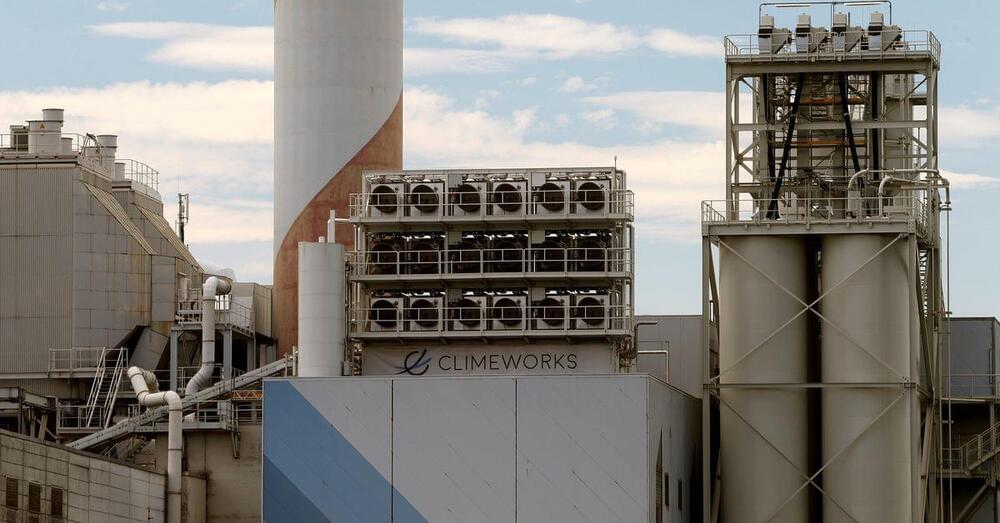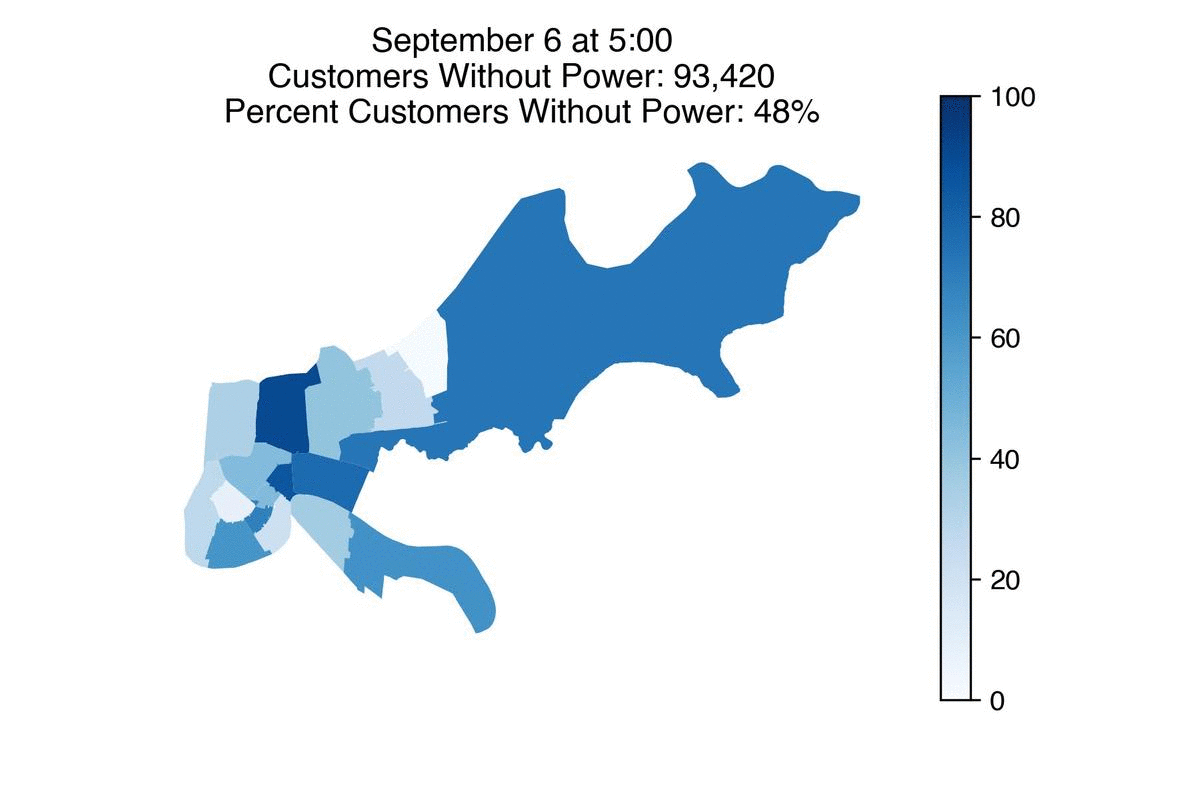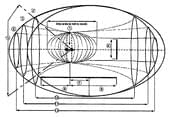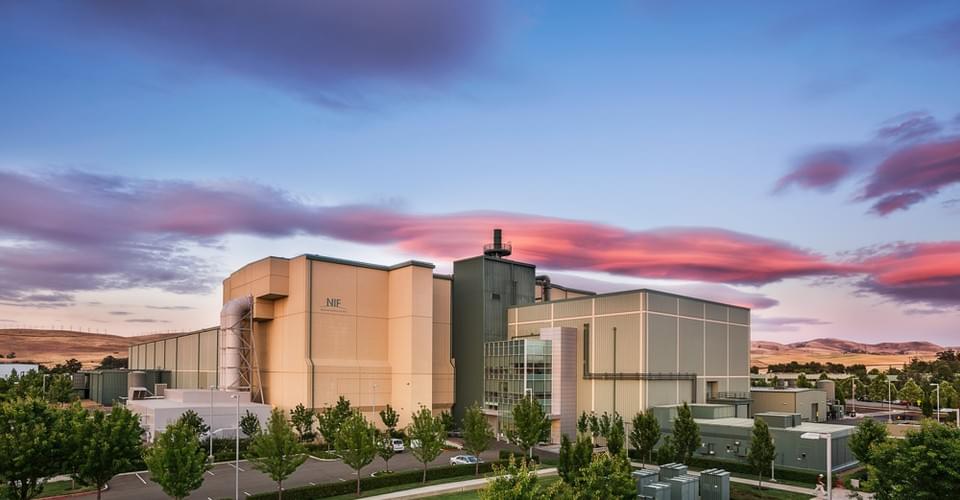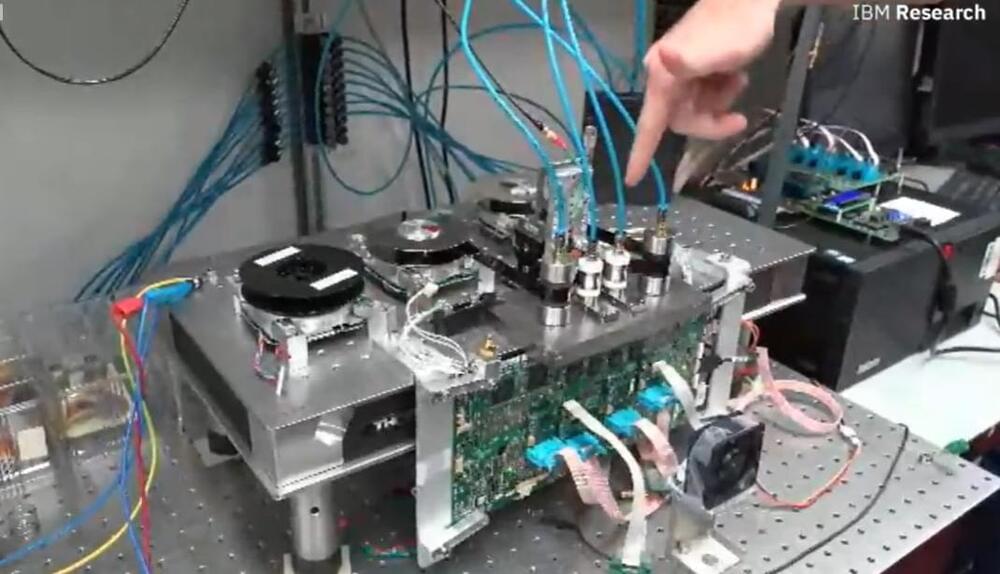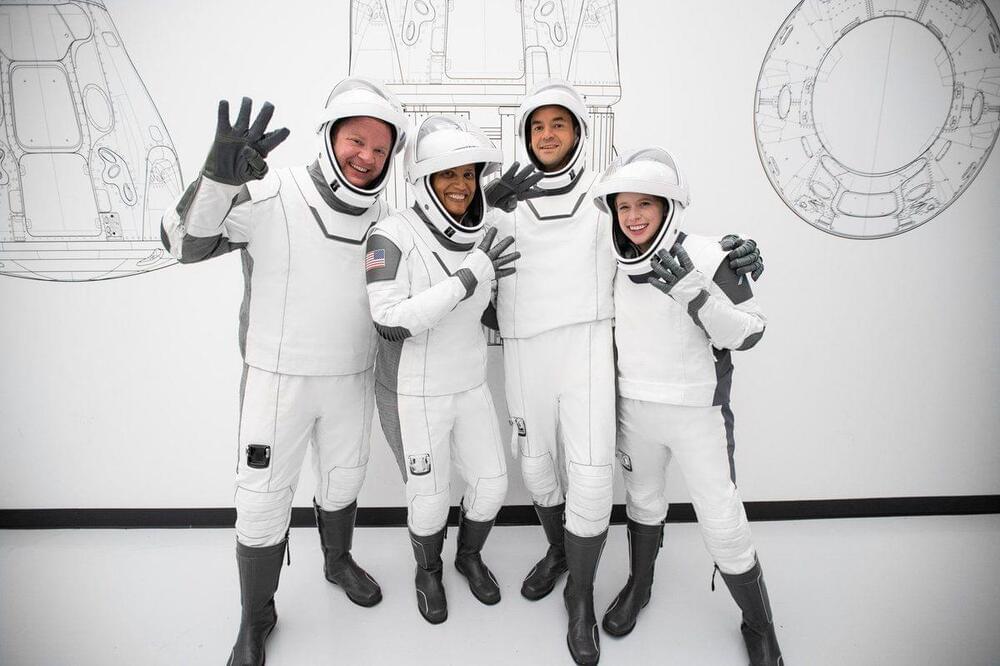COPENHAGEN, Sept 8 (Reuters) — The world’s largest plant that sucks carbon dioxide directly from the air and deposits it underground is due to start operating on Wednesday, the company behind the nascent green technology said.
Swiss start-up Climeworks AG, which specialises in capturing carbon dioxide directly from the air, has partnered with Icelandic carbon storage firm Carbfix to develop a plant that sucks out up to 4,000 tons of CO2 per year.
That’s the equivalent of the annual emissions from about 790 cars. Last year, global CO2-emissions totalled 31.5 billion tonnes, according to the International Energy Agency.
